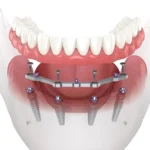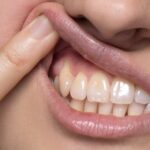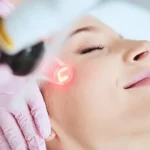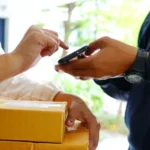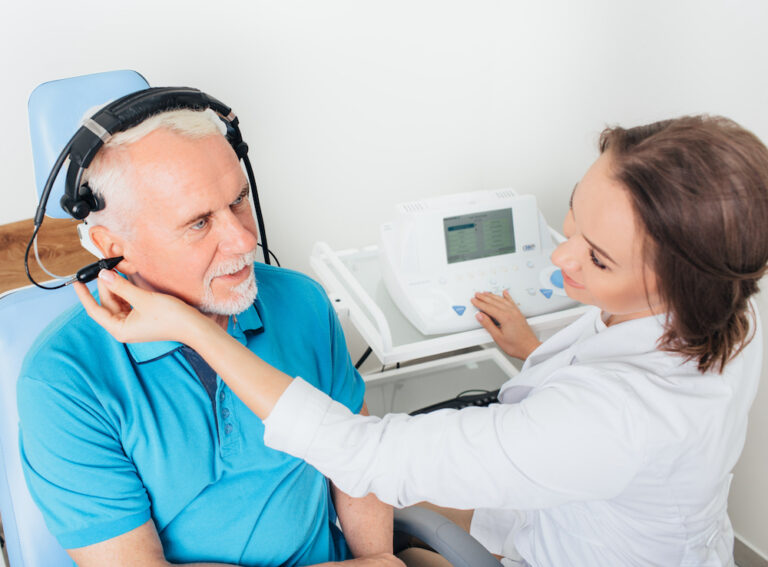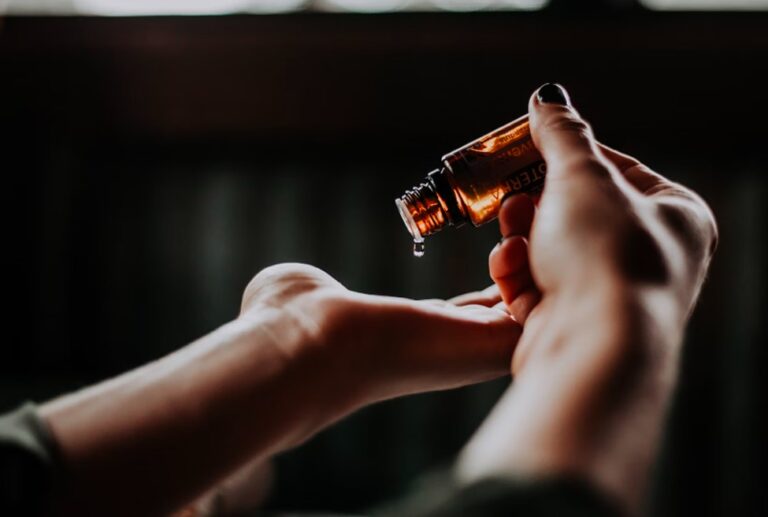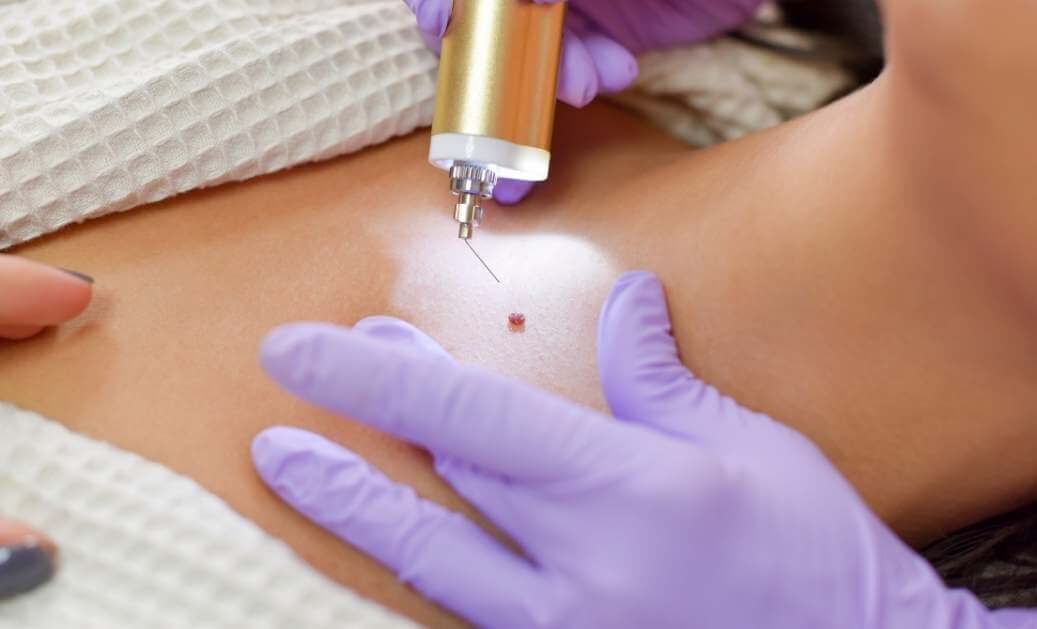
Understanding Warts (疣) and Effective Removal Methods: 脫疣 and 激光脫疣
Warts, or 疣 in Chinese, are a common skin condition caused by the human papillomavirus (HPV). These small, grainy skin growths often appear on the hands, feet, and other areas of the body. Although generally harmless, warts can be unsightly and sometimes painful. Fortunately, there are several methods for removing warts, including 脫疣 (wart removal) and 激光脫疣 (laser wart removal). This article explores the nature of warts, their causes, and effective treatments for their removal.
What are Warts (疣)?
Warts are benign growths on the skin caused by an infection with HPV. The virus triggers an overgrowth of keratin, a hard protein in the top layer of the skin. While warts can develop anywhere on the body, they commonly appear on the hands, fingers, feet, and face. There are different types of warts, including:
Common Warts (Verruca Vulgaris): These are rough, raised bumps that often occur on the hands and fingers.
Plantar Warts: Found on the soles of the feet, these warts can be painful due to pressure from walking.
Flat Warts (Verruca Plana): These are smoother, flatter, and smaller than other types and usually appear on the face, neck, or legs.
Filiform Warts: These warts are long and thin, commonly appearing on the face, particularly around the mouth, eyes, and nose.
Periungual Warts: These form around or under the nails, potentially causing pain and affecting nail growth.
Causes and Transmission of Warts
HPV, the virus responsible for warts, spreads through direct contact with a wart or something that touched a wart, such as a towel or surface. The virus can enter the skin through tiny cuts or abrasions, making people more susceptible to infection. Factors that can increase the risk of developing warts include:
Weakened Immune System: Individuals with weakened immune systems are more prone to HPV infections.
Age: Children and teenagers are more likely to develop warts due to their developing immune systems.
Skin Injuries: Cuts, scrapes, or other skin injuries can provide an entry point for the virus.
Moisture: HPV thrives in warm, moist environments, such as swimming pools and locker rooms.
Traditional Methods of Wart Removal (脫疣)
Warts can sometimes disappear on their own as the immune system fights off the virus. However, many people seek removal due to discomfort or cosmetic concerns.
Several traditional methods for 脫疣 (wart removal) include:
Topical Treatments: Over-the-counter or prescription creams and gels containing salicylic acid can help dissolve warts over time. These treatments require consistent application and can take weeks or months to be effective.
Cryotherapy: This method involves freezing the wart with liquid nitrogen, causing it to blister and eventually fall off. Cryotherapy is usually performed by a healthcare professional and may require multiple sessions.
Electrosurgery and Curettage: This procedure involves burning the wart with an electric current and then scraping it off with a surgical instrument. It is typically used for larger warts or those that have not responded to other treatments.
Chemical Peels: For flat warts, especially on the face, dermatologists may recommend chemical peels with stronger acids to remove the top layers of skin and warts.
Advanced Method: 激光脫疣 (Laser Wart Removal)
Laser wart removal, known as 激光脫疣 in Chinese, is a modern and highly effective method for eliminating warts. This procedure uses concentrated light energy to target and destroy the blood vessels supplying the wart, causing it to shrink and eventually fall off.
There are several benefits to choosing laser wart removal:
1. Precision and Effectiveness:
Laser treatment allows for precise targeting of the wart without damaging the surrounding healthy skin. This precision makes it particularly useful for warts in sensitive areas or those that have been resistant to other treatments.
2. Minimal Discomfort and Downtime:
Most patients experience minimal discomfort during the procedure, often described as a mild stinging sensation. The recovery time is usually short, with many individuals returning to their normal activities immediately after treatment.
3. Reduced Risk of Scarring:
Laser removal minimizes the risk of scarring compared to other methods, making it an excellent option for treating warts on visible areas like the face and hands.
4. Speed and Convenience:
Laser treatments are typically quick, often taking only a few minutes per wart. While some warts may require multiple sessions, the overall treatment duration is generally shorter than traditional methods.
The Laser Wart Removal Procedure
Before undergoing 激光脫疣, it is essential to consult with a qualified dermatologist or healthcare provider.
During the consultation, the practitioner will assess the warts and determine if laser removal is the best option.
Preparation:
Patients should follow the pre-treatment instructions provided by their healthcare provider. This may include avoiding sun exposure, keeping the skin clean, and discontinuing certain medications that can increase photosensitivity.
During the Procedure:
The area around the wart is usually numbed with a local anesthetic to ensure patient comfort. The dermatologist then uses a laser device to deliver focused light energy to the wart. The laser’s heat destroys the wart tissue by targeting the blood vessels, cutting off the wart’s blood supply.
Post-Treatment Care:
After the procedure, patients may experience mild redness, swelling, or tenderness in the treated area. These side effects are typically temporary and subside within a few days. It is crucial to follow post-treatment care instructions, which may include:
- Keeping the treated area clean and dry
- Applying prescribed ointments or creams
- Avoiding direct sun exposure and using sunscreen
- Refraining from picking or scratching the treated area
Conclusion
Warts (疣) can be a persistent and bothersome skin condition, but several effective methods are available for their removal. Traditional treatments like topical applications, cryotherapy, and electrosurgery offer various solutions, but 激光脫疣 (laser wart removal) stands out as a modern, precise, and efficient method. By consulting with a qualified healthcare provider and choosing the appropriate treatment, individuals can achieve smooth, wart-free skin.



